Unveiling the Enchanting World of Pogonatum philippinense Moss
Affiliate Disclaimer: As an affiliate, we may earn a small commission when you make a purchase from any of the links on this page at no additional cost to you!

how-pogonatum-plant-grows-embankment-pogonatum-plant-growing-wall-very-small-plant-belongs-to-268632687.jpg from: https://www.dreamstime.com/how-pogonatum-plant-grows-embankment-pogonatum-plant-growing-wall-very-small-plant-belongs-to-image268632687
Exploring the Fascinating World of Pogonatum philippinense Moss
Introduction

pogonatum-urnigerum-commonly-called-urn-haircap-or-pogonatum-moss-2BXF57H.jpg from: https://www.alamy.com/stock-photo/pogonatum.html
Mosses are some of the most ancient and resilient plants on Earth, having evolved over 400 million years ago. One particularly interesting species is

pogonatum-plant-wall-growing-very-small-belongs-to-family-bryophyta-janmanu-spore-two-different-types-268484073.jpg from: https://www.dreamstime.com/pogonatum-plant-wall-growing-very-small-belongs-to-family-bryophyta-janmanu-spore-two-different-types-image268484073
Pogonatum philippinense (Broth.) Touw, a moss in the Polytrichaceae family. In this blog post, we’ll take a closer look at this fascinating plant, from its unique morphology to its ecological roles. Get ready to dive into the tiny but mighty world of Pogonatum philippinense!
Background on Mosses
Before we focus on P. philippinense specifically, let’s review some background on mosses in general. Mosses are non-vascular plants in the division

water-droplet-pogonatum-moss-266121877.jpg from: https://www.dreamstime.com/water-droplet-pogonatum-moss-image266121877
Bryophyta. They lack true roots, stems, and leaves, instead having structures that serve similar functions. Mosses reproduce via spores rather than seeds and require moisture for sexual reproduction. There are over 12,000 species of moss found all around the world, from the Arctic to the tropics.
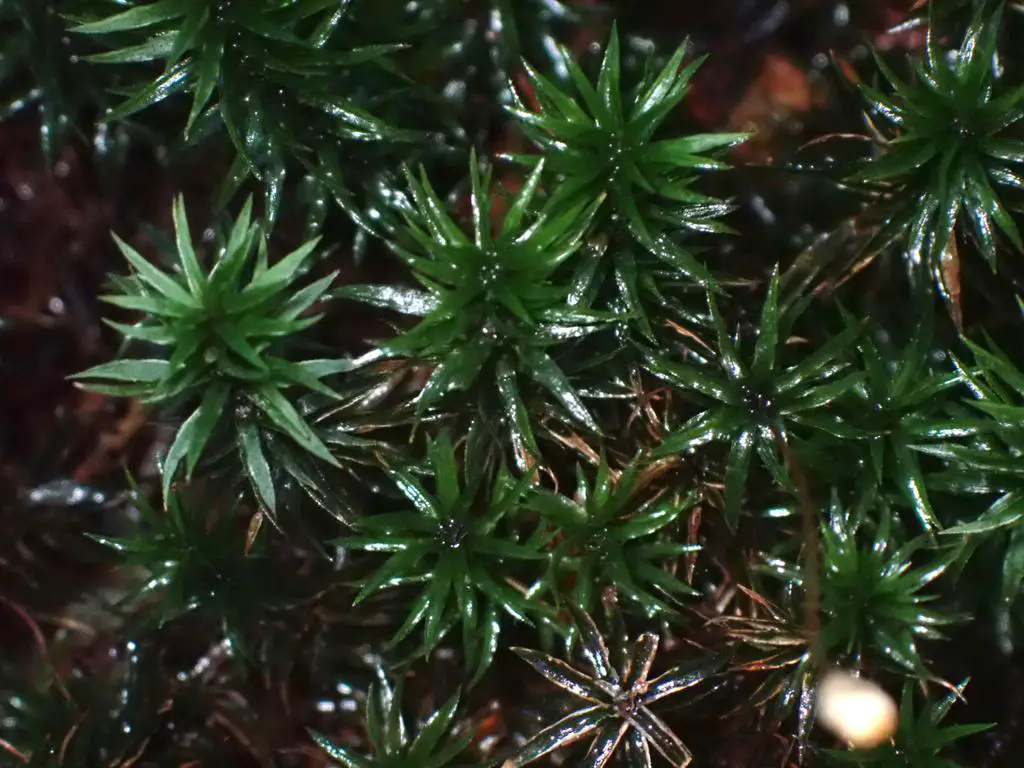
large.jpg from: https://www.inaturalist.org/observations/108223658
Morphology and Identification
Pogonatum philippinense is an acrocarpous moss, meaning it has upright growth and its sporophytes develop at the tips of the stems. Its leaves are lance-shaped and have distinctly toothed margins. The leaves are arranged in a spiral pattern around the stem.
One of the most recognizable features of P. philippinense is its sporophyte capsule. The capsule is cylindrical and has a hairy calyptra (cap) covering it. The calyptra is golden-brown in color, leading to the common name “golden-hair moss” for some
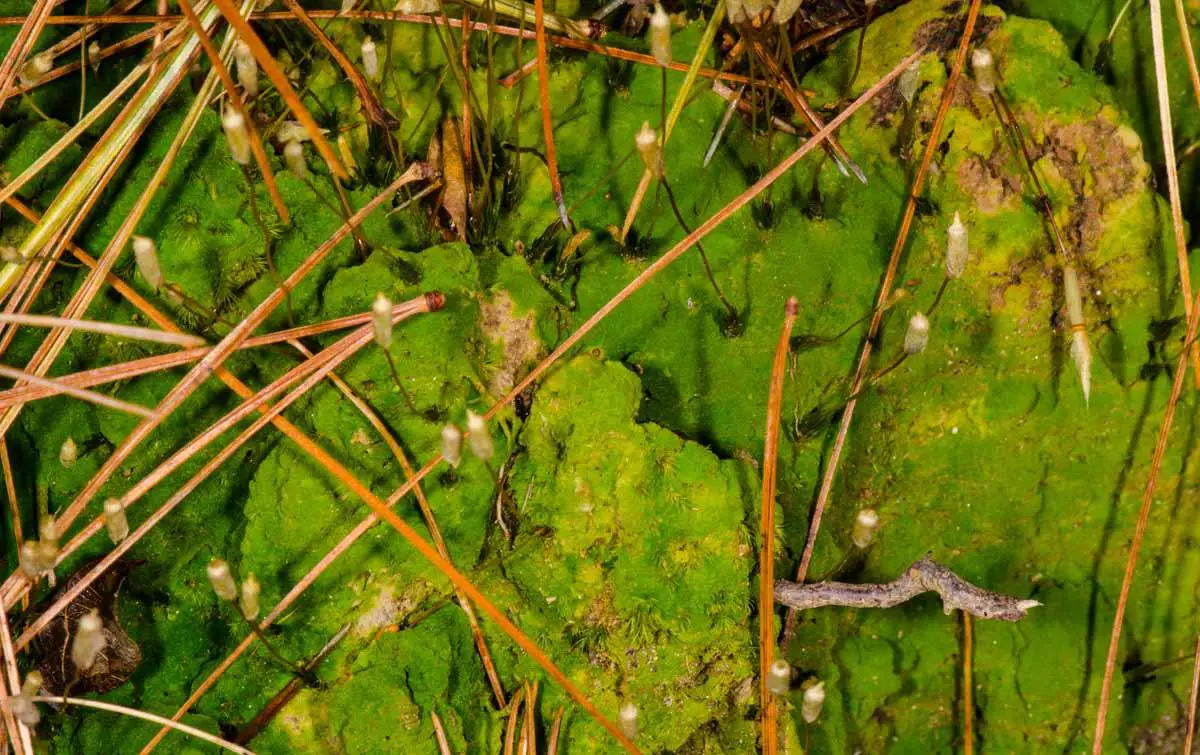
dh-pennsylvania-pogonatum-moss-pogonatum-pensilvanicum.jpg from: https://wcbotanicalclub.org/dh-pennsylvania-pogonatum-moss-pogonatum-pensilvanicum/
Pogonatum species.
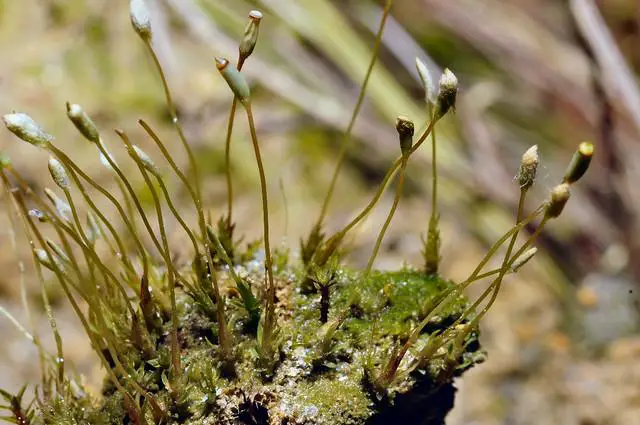
4247365315_3911c25257_z.jpg from: http://flickr.com/photos/gjshepherd/4247365315
| Characteristic | Description |
|---|---|
Growth form
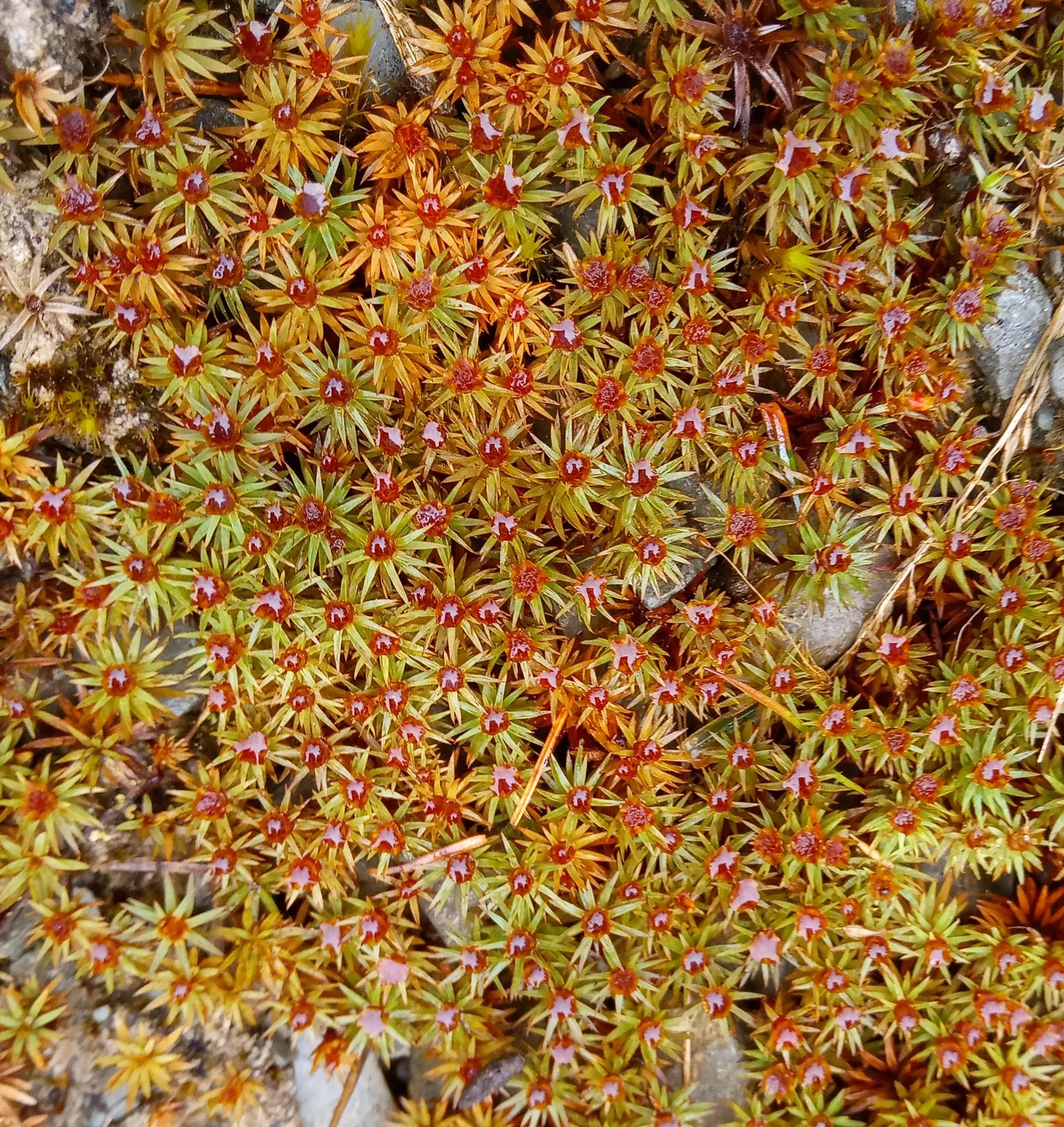 IMG_20220404_101328_2_1024x1024@2x.jpg from: https://mossclerks.co.uk/products/urn-haircap-moss-pogonatum-urnigerum |
Acrocarpous (upright) |
| Leaf shape | Lanceolate with toothed margins |
| Leaf arrangement | Spirally arranged around stem |
| Sporophyte capsule | Cylindrical with hairy calyptra |
| Calyptra color | Golden-brown |
Global Distribution and Habitat
P. philippinense
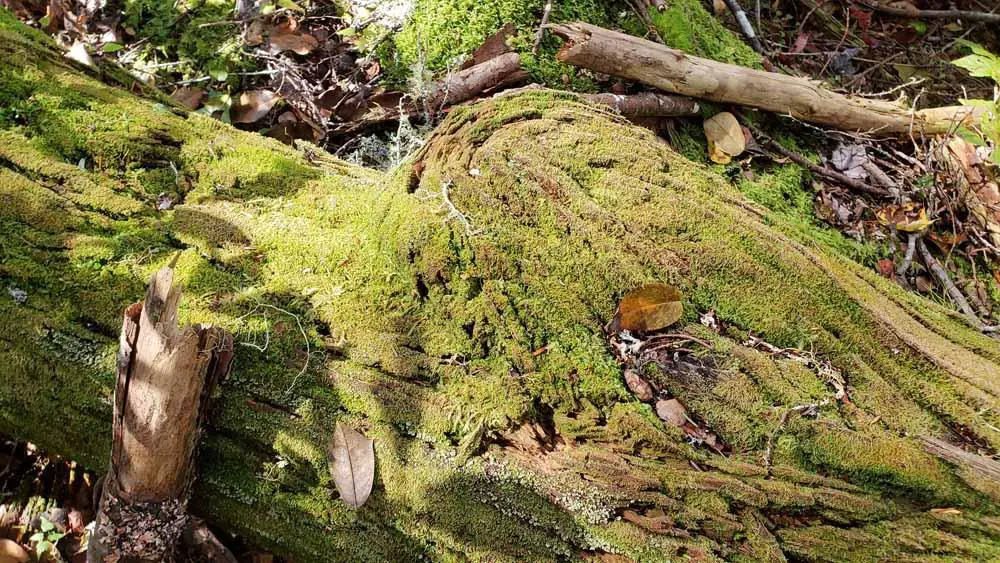
20181022_115736pl.jpg from: https://wcbotanicalclub.org/20181022_115736pl/
is native to Southeast Asia, specifically the Philippines, as its name suggests. It grows on exposed, sandy or clay soils, often along trails, roads, and in disturbed areas. The moss is able to colonize and stabilize bare ground. It prefers partial shade but can tolerate full sun exposure.
Ecological Roles and Adaptations
Like other mosses, P. philippinense plays important ecological roles:
- Erosion control: The dense mats of moss help stabilize soil and prevent erosion.
- Water retention: Moss acts like a sponge, absorbing and retaining water that is slowly released back into the environment.
- Carbon sequestration: Mosses are effective at pulling CO2 out of the atmosphere and converting it into biomass.
- Habitat for micro-organisms: The nooks and crannies among moss stems provide habitat for a diversity of tiny organisms.
P. philippinense has several adaptations that allow it to thrive in its preferred habitats:
- Desiccation tolerance: The moss can survive periods of drying out, rehydrating quickly when moisture is available again.
- Spore dispersal: The hairy calyptra helps catch the wind to disperse spores over long distances.
- Rhizoid anchoring: Rhizoids are root-like structures that anchor the moss to its substrate.
Conclusion
Pogonatum philippinense may be small, but it is a fascinating and ecologically important moss species. From its eye-catching sporophytes to its ability to colonize disturbed soils, this mighty moss deserves appreciation. Next time you see some moss growing on the ground, take a closer look – it might just be Pogonatum philippinense! What other amazing bryophytes have you encountered?
